The Stinky Cheeses of the World
Category : Food Stories, Party Ideas, Recipes, Press Room |
Posted : Oct 12, 2022
Do you like stinky cheese? In fact, many people find stinky cheese to be downright disgusting. But why are they stinky? And where can you find them? In this blog post, we will explore the stinky cheeses of the world and learn a little bit about why they smell so bad! We'll also provide a list of some of the stinky cheeses out there and share one delicious recipe that will help you put them all to good use!
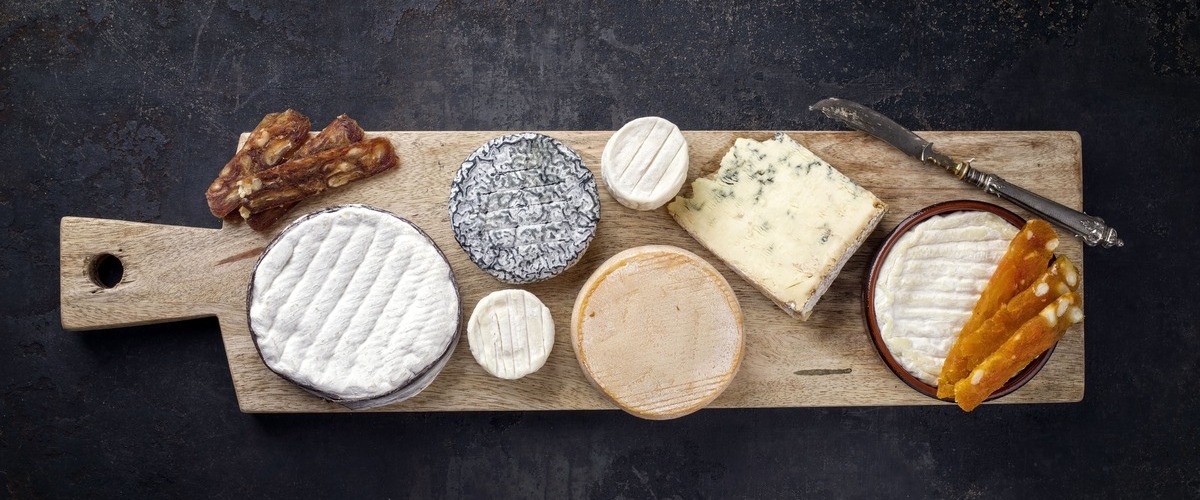
What is Stinky Cheese?
Stinky or smelly cheeses are those that have been aged for a longer period, allowing bacteria to form and produce strong odors. These cheeses are often very pungent, and some people may find them off-putting. However, many stinky cheeses are also incredibly flavorful, and well worth trying for those who enjoy strong-tasting foods. Some of the most popular stinky cheeses include Limburger, Epoisses, and Taleggio. If you're feeling adventurous, why not give one of these a try? It's possible you'll like it even more than you thought!
What Makes These Cheese Stinky?
The answer, my friend, lies in the science of fermentation. You see, cheese is made by adding bacteria to milk and then allowing it to ferment. This fermentation process produces lactic acid, which gives the cheese its characteristic tangy flavor. But it also produces other compounds that can make cheese smell bad.
It all ultimately has to do with the type of bacteria used in the fermentation process. Some bacteria produce more smelly compounds than others. And, not surprisingly, the cheeses that are ripened for a longer period tend to be stinkier because they have had more time to develop these smelly compounds.
7 Stinky Cheese of the World
The following are some of the stinkiest cheeses in the world:
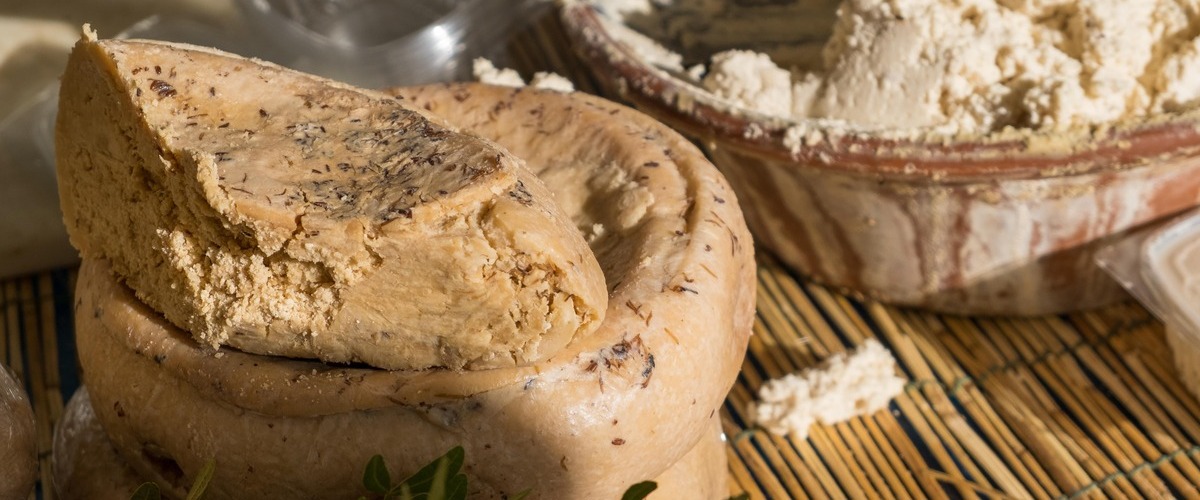
- Casu Marzu: This Sardinian cheese is made from sheep’s milk and is infested with live maggots. The maggots help to break down the cheese, making it soft and spreadable. It has a strong, pungent aroma and a sharp, tangy flavor.
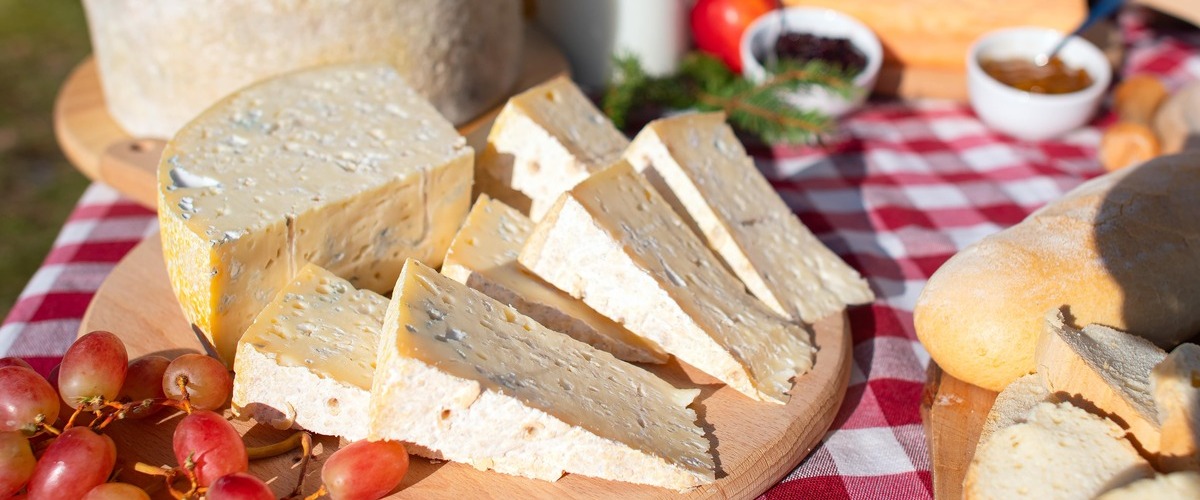
- Taleggio: One of the most pungent-smelling cheeses, it has a moderate and mildly tangy flavor. To further enhance flavor, some producers even mix in nuts and spices. This cheese goes well with both red and white wine and is frequently used in salad, risotto, and pasta dishes.
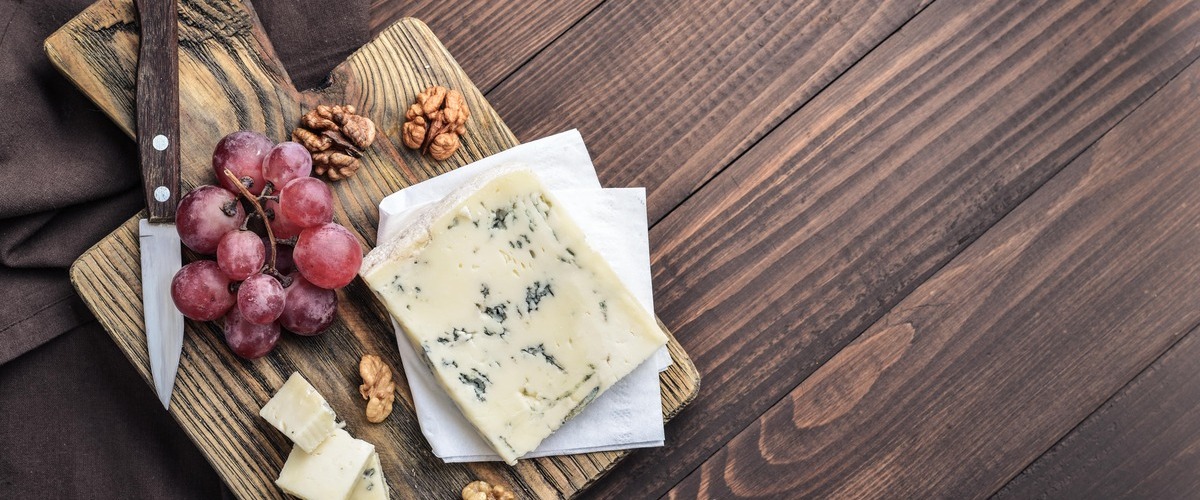
- Blue Cheese: may actually be produced using goat, cow, or sheep milk, and is ripened with Penicillium (yes, that's a sort of mold). For this reason, cheese prepared with Penicillium is generally referred to as "blue cheese."
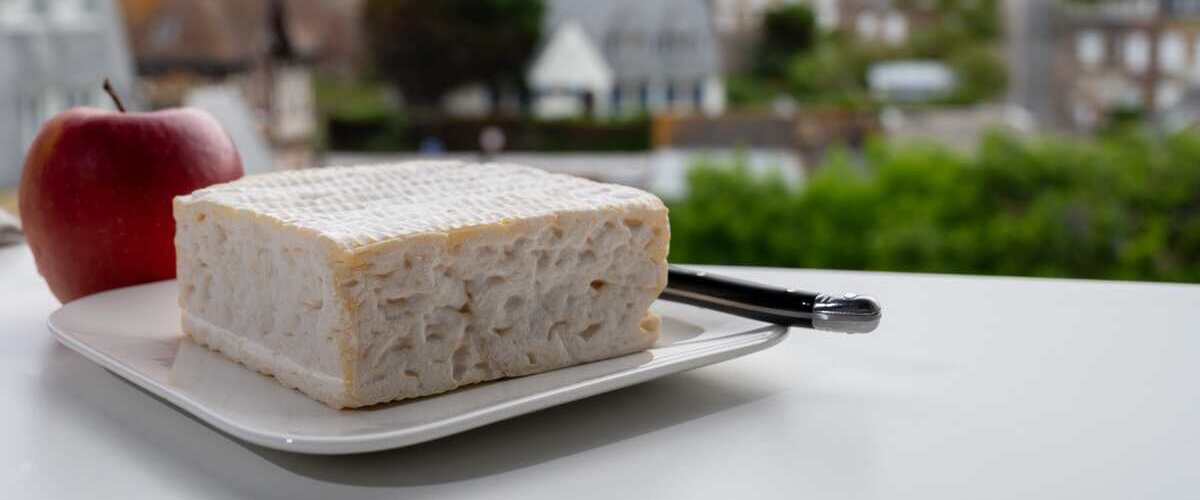
- Pont l’Eveque: One of the earliest French cheeses is said to be this one. It has a delicate, creamy texture and is created from unpasteurized cow's milk. It ranks among the stinkiest cheeses due to its strong odor, as you probably already guessed. It is said that the flavor is rather sour. Merlot is the ideal mate for it.
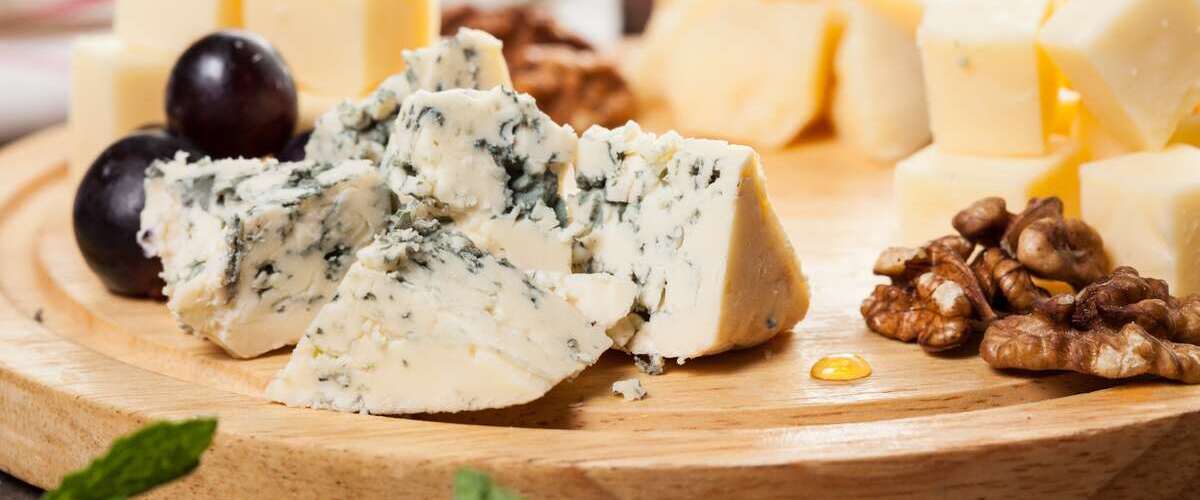
- Gorgonzola: This Italian cheese is made from cow’s milk and has a strong, pungent odor. It is crumbly and sharp with a tangy flavor.
- Stinking Bishop: It is one of the newer cheeses and comes from Gloucestershire in England. He uses pasteurized cow's milk to make it. Its peel is washed with Perry, an alcoholic beverage prepared from the Stinking Bishop kind of pear. In the UK, people love its fragrance, and many recipes match it with roasted potatoes. The flavor is intense and creamy.
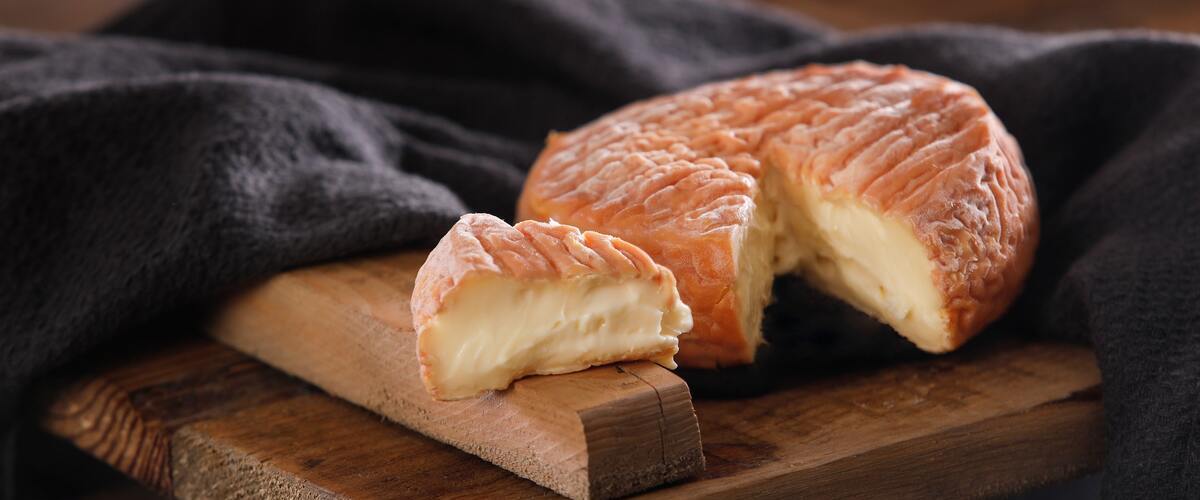
- Epoisse: It is cow's milk cheese that is soft. It is described as chewy, occasionally salty, sweet, and spicy and originates from the French village of Epoisse. The majority of them call for washing the cheese in marc, or white burgundy. Because it stinks so bad, it is prohibited in the United States and on French public transportation. It complements Chardonnay wonderfully.
These are just some of the stinkiest cheeses in the world. If you’re brave enough to try them, you may be surprised by how delicious they can be. Just remember to hold your nose while you’re eating them!
So there you have it, a guide to some of the stinkiest cheeses in the world. Will you be brave enough to try them? Remember, they may smell bad but many of them are delicious. So don't be afraid to hold your nose and give them a try! Who knows, you might just find your new favorite cheese. Thanks for reading!













